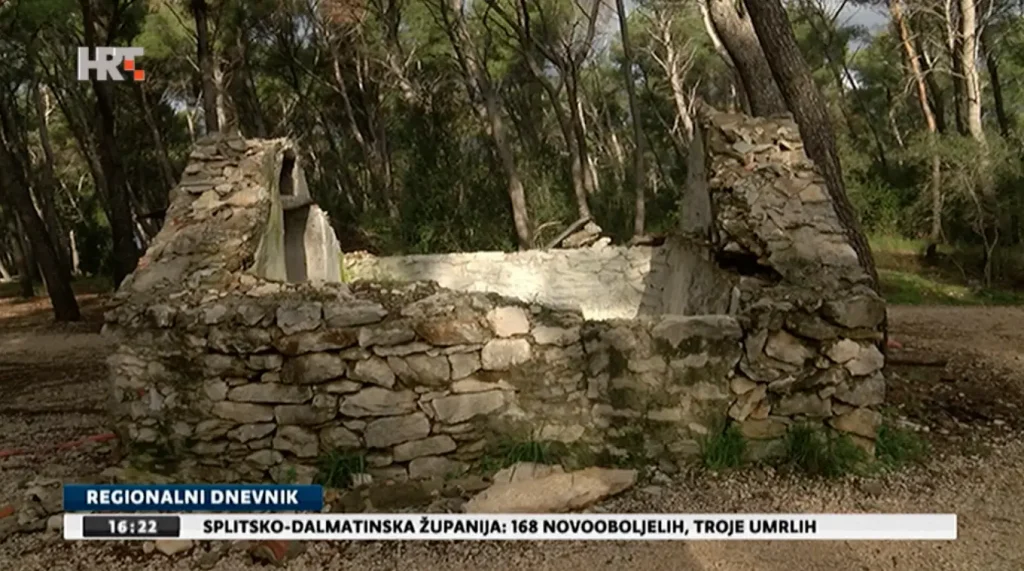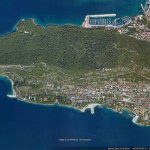HRT reports that the works are part of a large project which should be completed by the end of the year and includes the reconstruction and revitalization of the Botanical Garden, a new observatory on the Saddle (Sedlo), new bike and hiking trails, trim trail renovation, and complete multimedia signage.
The concrete roof has been removed from the stone house, which was once built in the port of Lubin. Although they have not served their purpose for a long time, each house has a name: Saddle, Baba Marta’s House, Pojevina, Firefighting road, Nursery, and Police (Sedlo, Kuća babe Marte, Pojevina, Protupožarni put, Rasadnik, Policijska.
“This part includes works exclusively in the area of Bene, while we will move to the area of the top of Marjan in the next period,” said Ante Šustić, the manager of the reconstruction project.
By the end of October, all seven Marjan houses will look like they were built – and will be a real example of traditional folk construction, says HRT.
“The old plaster should be removed, some should be grouted, and it will mostly be a cover of old stone slabs. This will be done by masters who are a little older and who have already done it,” said Zdravko Budimir, a representative of the contractor.
The cadastre from 1831 shows that there were vineyards, olive groves, orchards, and pastures on the peninsula’s southern slopes and part of the northern ones. As everywhere in Dalmatia, chapels and shelters for people and cattle were built next to them. After the renovation, the houses will be used for the education and promotion of Marjan.
“This is a very extensive project, Marjan 2020 – the hill of the past, an oasis of the future, which provides for numerous activities, in fact, the restoration and addition of content within the Marjan Forest Park. We are renovating the training area, the children’s city, new walking and cycling trails will be built, the trim trails will be renovated, so we will renew a lot of these facilities through the project,” said Radojka Tomašević, head of the International and European Projects Service of the City of Split.
The project’s total value is 26 million kuna and most of it is supported by non-refundable European funds.
You can see the video on HRT.
To read more about lifestyle in Croatia, follow TCN’s dedicated page.









